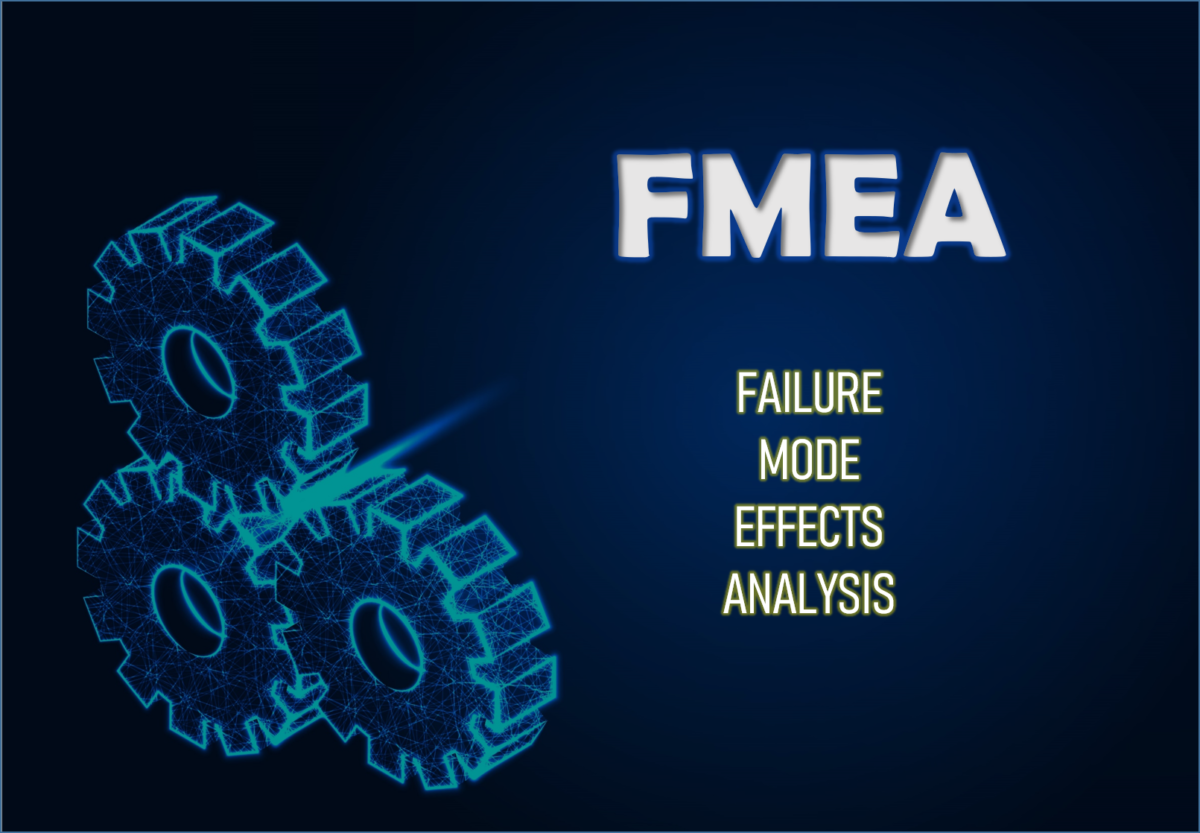Failure Mode and Effects Analysis (FMEA) is a powerful tool used in various industries to recognize and address potential risks to prevent escalation into costly failures. By thoroughly analyzing and understanding the failure modes and their potential effects, businesses can make informed decisions to improve product quality, enhance safety measures, and optimize processes. This comprehensive guide will explore the world of FMEA, providing a step-by-step procedure to master this technique. Whether you are new to FMEA or looking to enhance your existing knowledge, this guide will provide you with the abilities and understanding needed to implement FMEA in your organization and achieve optimal performance effectively.
Failure Mode and Effects Analysis (FMEA)

Failure Mode and Effects Analysis is a systematic approach to identify potential failures and their impacts in a process, product, or system. By thoroughly analyzing failures and their effects, organizations can proactively implement preventive measures and improve their operation’s overall quality and reliability.
FMEA is also called Failure Modes, Effects, and Criticality Analysis (FMECA), Potential Failure Modes and Effects Analysis. Failure modes mean the possible ways something can go wrong, including errors that impact customers. Effects analysis is the examination of the outcomes resulting from these failures.
When to use FMEA?
- Use FMEA for new process assessment before implementation.
- Employ FMEA for control plan development in new or modified processes.
- Plan continuous improvement with FMEA for existing processes.
- Analyze failures with FMEA to uncover root causes.
Step-by-Step Procedure for Conducting FMEA

1. Scope and Objectives:
- Clearly define the scope of the FMEA.
- Identify the process or product to be analyzed.
- Determine specific objectives for the analysis.
2. Assemble a Cross-Functional Team:
- Gather experts from various departments.
- Include individuals with experience related to the process or product under analysis.
3. Identify Potential Failure Modes:
- Brainstorm and list all potential failure modes.
- Consider how the process or product could fail to meet its intended functions or requirements.
4. Assess Severity of Each Failure Mode:
- Assign a severity rating(S) to each failure mode.
- Severity ratings are typically on a scale from 1 to 10, where 1 represents insignificant impact, and 10 signifies catastrophic consequences.
- Record the highest severity rating if a failure mode has multiple effects.
- Evaluate its potential impact on customer satisfaction, safety, or regulation compliance.
5. Root Cause Analysis
- Identify potential root causes for each failure mode, utilizing cause analysis tools and the team’s collective knowledge.
- Document all conceivable causes on the FMEA form.
6. Determine Probability of Occurrence:
- Evaluate the likelihood of each failure mode occurring.
- Use historical data, industry standards, and expert opinions to estimate probability.
7. Assess Detection Ability:
- Assign a detection rating (D) to each control, assessing its capability to detect the cause or failure mode after it has occurred but before it affects the customer.
- Detection ratings are typically on a scale from 1 to 10, where 1 indicates substantial certainty of detection and 10 signifies an absence of control.
8. Calculate Risk Priority Number (RPN):
- Calculate RPN by multiplying each failure mode’s severity, occurrence, and detection ratings.
- Use RPN as a ranking system to prioritize critical failure modes.
- Calculate each failure mode’s Risk Priority Number (RPN) using RPN = S × O × D.
- Compute Criticality by multiplying severity by occurrence (S × O). These values aid in prioritizing failures for mitigation.
8. Develop and Implement Action Plans:
- Create action plans to mitigate or eliminate identified risks based on the prioritized list of failure modes.
- Assign responsibilities, set deadlines, and track progress for effective implementation.
9. Monitor and Review:
- Continuously monitor and review the effectiveness of implemented actions.
- Regularly reassess severity, occurrence, and detection ratings to identify changes or new risks.
Benefits of FMEA
- Identification of potential failure modes.
- Improved product quality and reliability.
- Enhanced safety measures and a safer work environment.
- Increased customer satisfaction and loyalty.
- Cross-functional collaboration and shared knowledge.
- Structured risk management and resource allocation.
Challenges of FMEA
- Obtaining accurate and comprehensive data about failure modes.
- Subjective judgment in scoring and prioritizing risks.
- Resource-intensive nature, requiring time and expertise.
- Ensuring consistency and objectivity in the analysis process.
Example of FMEA Implementation
Let us take an example of automotive industry where Failure Mode and Effects Analysis (FMEA) plays a pivotal role during the design and manufacturing phases to ensure the safety and reliability of vehicles. Consider the specific example of analyzing an airbag system. Engineers employ FMEA to identify potential failure modes such as improper deployment, faulty sensors, or electrical malfunctions. Through a systematic evaluation of the severity, occurrence, and detectability of each potential failure, they can effectively prioritize and implement targeted preventive measures. These measures include enhancing sensor redundancy, conducting rigorous testing protocols, and improving manufacturing processes. By proactively addressing potential failure modes, FMEA contributes to automobile’s enhanced safety and performance.
Organizations can proactively identify and prioritize risks by systematically analyzing potential failure modes, root causes, and potential effects. Consequently, they can implement targeted preventive actions to mitigate potential failures, enhance product quality, and optimize overall performance.
Conclusion
In conclusion, Failure Mode and Effects Analysis (FMEA) is a systematic approach that helps organizations identify and mitigate potential risks and failures in processes, products, or systems. FMEA offers several benefits, including prioritizing failure modes, improved safety, cross-functional collaboration, and structured risk management. However, it also presents challenges related to data availability, subjective judgment, and resource allocation
Overall, FMEA is a valuable tool for organizations seeking to optimize their processes, prevent costly errors, and continuously improve their operations. Mastering FMEA empowers organizations to address potential failures effectively and commit to excellence.


